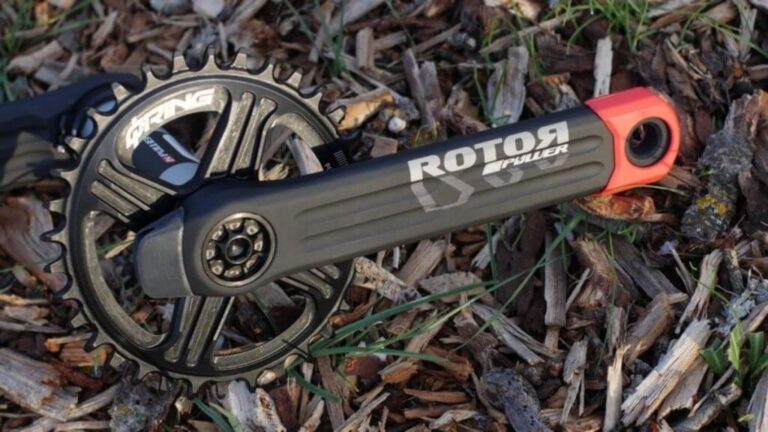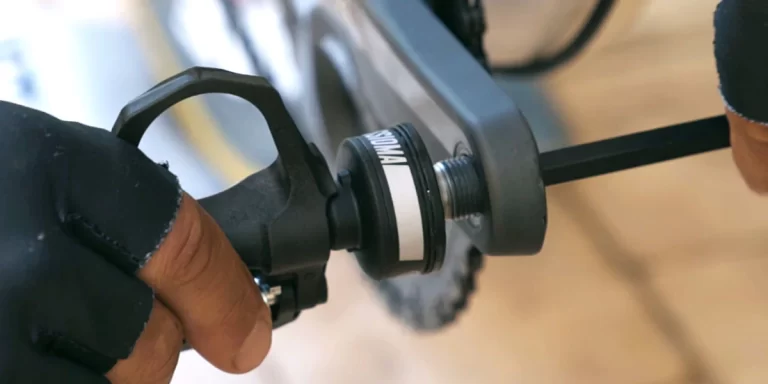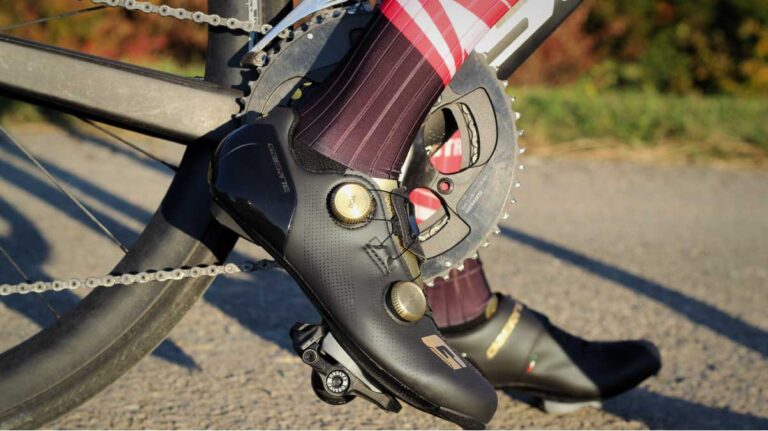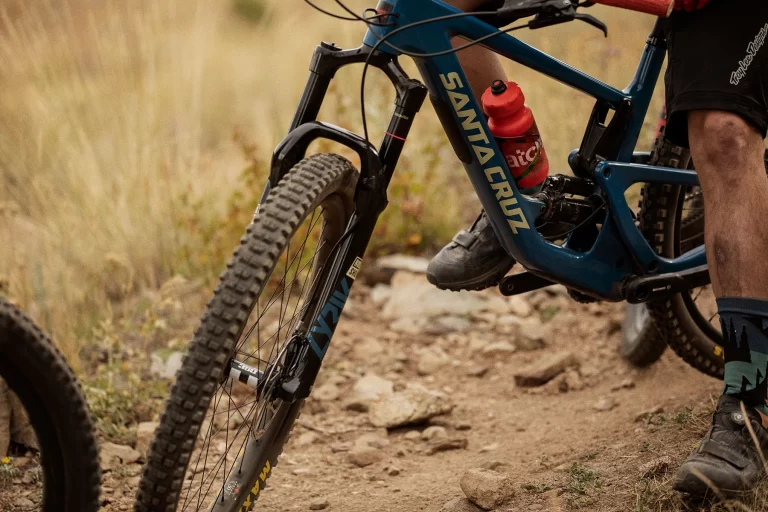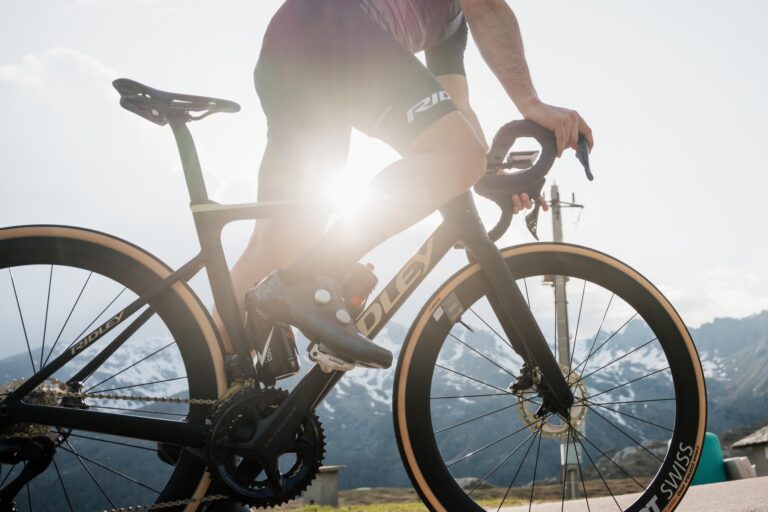Comparing Price vs Performance in Bike Power Meters
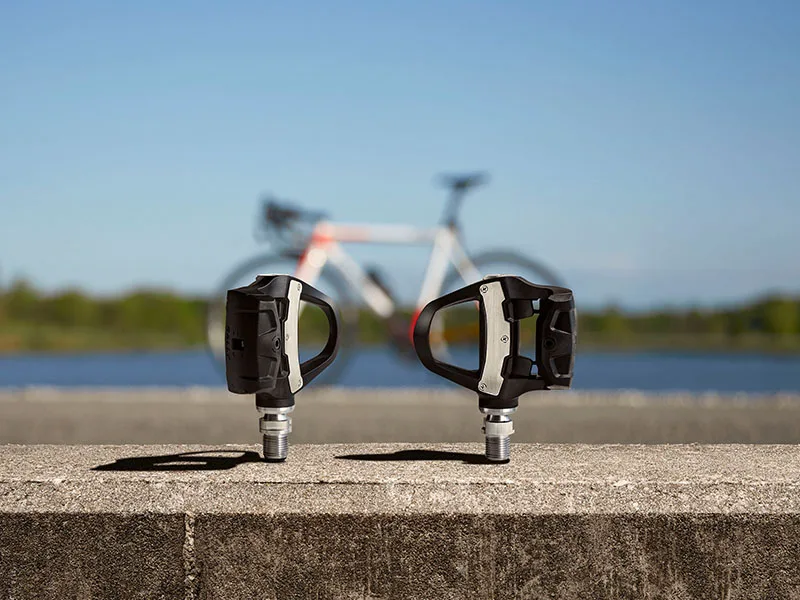
Key Point Summary of Comparing Price vs Performance in Bike Power Meters:
- Diverse Range of Prices: Power meters vary significantly in cost, influenced by technology, brand, and installation type.
- Performance Metrics Offered: Higher-priced models often provide more detailed analytics, but basic models still offer substantial benefits.
- Compatibility and Installation: Some power measuring device may require specific compatibility with bike components, potentially adding to the cost.
- Long-term Value: Consider durability, battery life, and upgrade potential.
Selecting the right bike power meter is more than just an investment in your cycling equipment; it’s an investment in your training and development as a cyclist. The market today offers a broad spectrum of power measuring devices, each with its unique set of features, benefits, and, importantly, price points.
Understanding the Spectrum of Prices
Power meters can range from relatively affordable options, like certain single-sided crank arm meters, to high-end models that measure power at multiple points, such as pedal-based systems or dual-sided cranksets. Initially, the allure of lower-priced models was strong; however, I learned that considering what each price tier offers in terms of reliability and data precision is crucial.
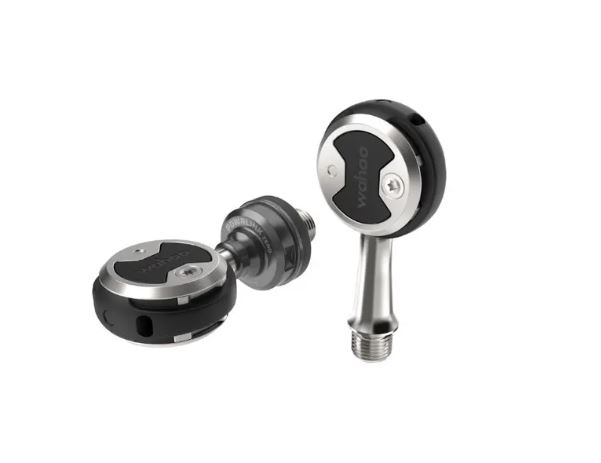
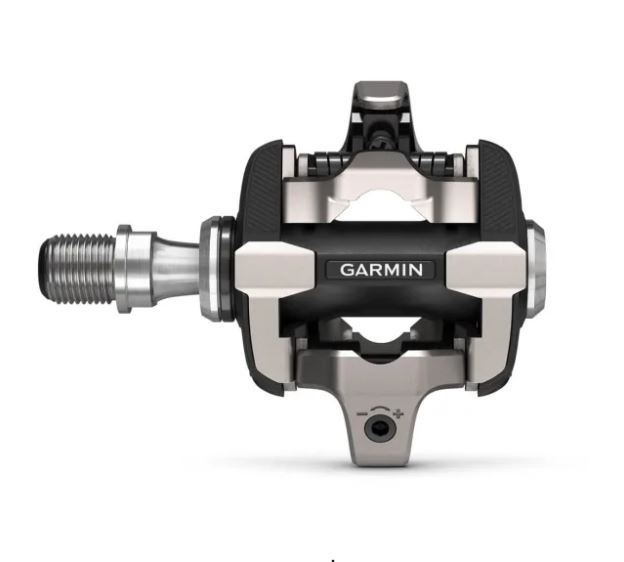
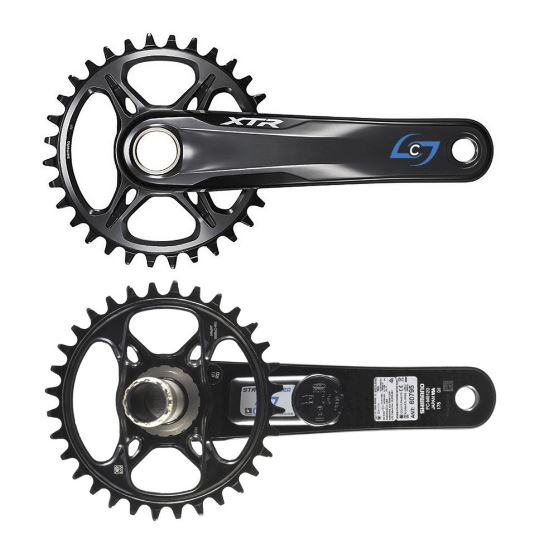
Assessing Performance Metrics
Performance in a power measuring device is gauged by its accuracy, consistency, and the depth of data provided. While high-end models boast features like dual-sided power measurement and advanced cycling dynamics, it’s essential to ask yourself which metrics will genuinely influence your training. Early in my cycling journey, I found that even basic power data profoundly impacted my training outcomes, guiding me to more structured and effective sessions.
Compatibility and Installation Concerns
An often-overlooked aspect of selecting a power measure device is its compatibility with your current bike setup and how it’s installed. Some of my cycling peers have opted for pedal-based power meters for their ease of transfer between bikes, while others, myself included, have invested in crank-based meters for their direct measurement and reliability. Consider installation ease and potential additional costs, such as needing a new crankset or pedals, which can affect the overall value.
Evaluating Long-term Value
It’s vital to look beyond the immediate cost and evaluate the long-term value of the power measuring device. Durability, battery life, ease of maintenance, and the ability to upgrade are factors that can significantly influence the overall cost-effectiveness of a power meter. My experience has taught me that a slightly higher initial investment in a robust and reliable power measuring device can lead to fewer expenses and hassles down the line.
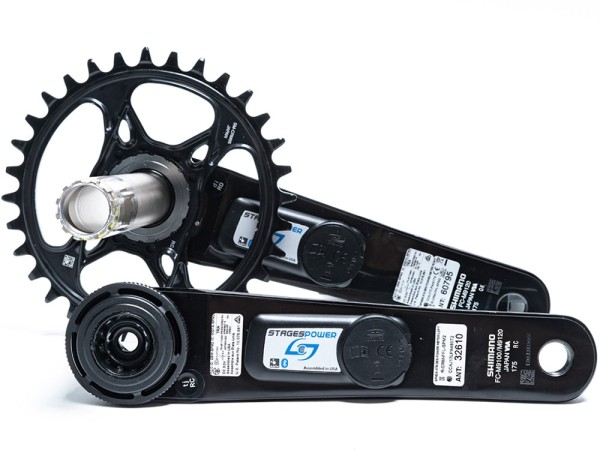
Decoding the Cost-Value Equation of Bike Power Meters
Diving deeper into the cost analysis reveals a fascinating interplay between upfront costs and long-term value. On average, entry-level power meters start around $300-$500, offering basic single-sided power measurements. Mid-range models, typically dual-sided crankset or pedal-based systems, can range from $600 to $1,000, providing more detailed metrics such as left/right balance and torque efficiency. High-end models, which include some of the most advanced pedal and crank-based systems, often exceed $1,200, boasting near-laboratory precision in data, additional cycling dynamics, and superior connectivity features. However, when we break down the cost over potential usage years, the picture changes.
Assuming a mid-range power meter at $750 offers a conservative lifespan of 5 years before major upgrades or replacements are considered, the cost per year amounts to $150. When factored against the sheer volume of data, enhanced training efficiency, and potential improvement, the investment becomes significantly more palatable. This cost-per-use analysis not only underscores the value found in even mid-to-high-range power meters but also highlights the importance of considering long-term utility, making a strong case for viewing these devices as an investment in one’s cycling journey rather than a mere accessory purchase.
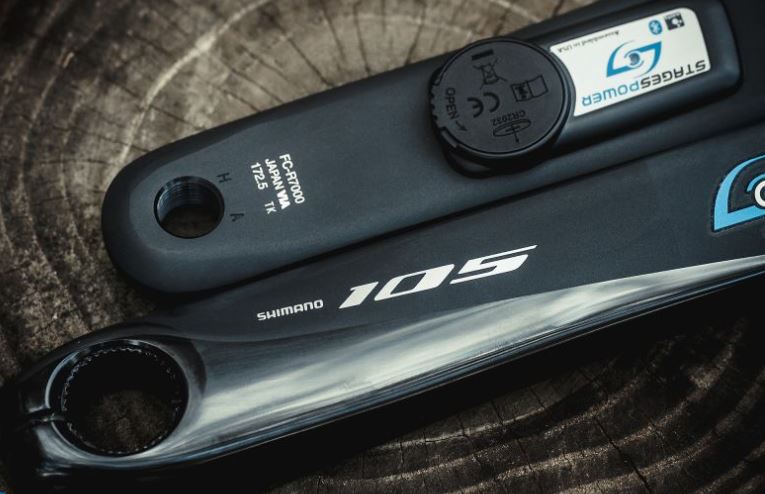
Comparing Price vs Performance in Bike Power Meters: In Conclusion
By understanding the spectrum of options available, assessing the performance metrics relevant to your training, considering compatibility and installation requirements, and evaluating the long-term value, you can select a power meter that not only fits your budget but also adequately supports your training goals.
The best power meter is not necessarily the most expensive one, but the one that offers the features you need at the best value for your investment. As you grow in your cycling journey, your needs may evolve, so consider a power meter that can grow with you, providing the data and reliability you need to reach your full potential.
Stages Cycling: Stages Shimano Ultegra R8000 Power Meter
The Stages Shimano Ultegra R8000 power meter offers an excellent entry into power-based training. It’s a crank-arm-based system that provides accurate single-sided power measurements. This power meter is praised for its easy installation, lightweight design, and compatibility with Shimano road groupsets. It’s an ideal choice for cyclists who prioritize reliability and simplicity in their training tools, offering solid performance without breaking the bank.
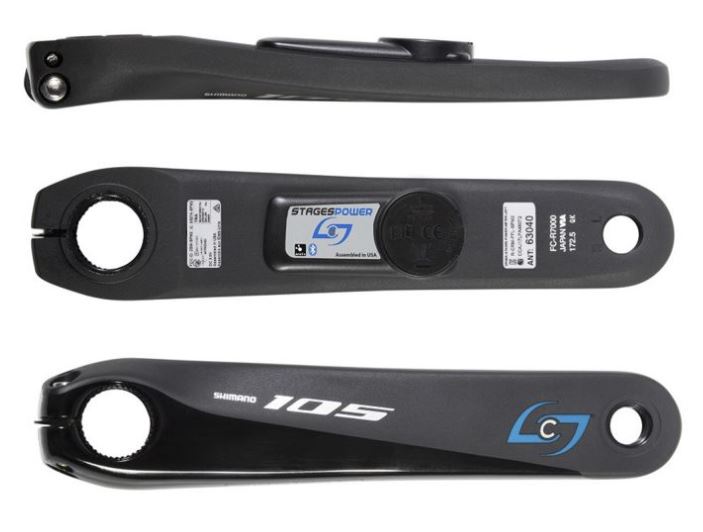
Garmin: Garmin Vector 3 Pedal-Based Power Meter
Garmin’s Vector 3 pedals represent the pinnacle of convenience and advanced metrics. As a pedal-based system, it measures total power, left/right balance, cadence, and cycling dynamics, offering insights into how your pedaling style affects efficiency. The Vector 3’s ease of transfer between bikes and straightforward installation process make it a compelling option for cyclists who use multiple bikes or seek detailed performance analytics to fine-tune their training and racing strategies.

FAQ
Why is bike power meter so expensive?
Bike power meters are expensive due to the advanced technology, precision engineering, and research and development involved in creating reliable devices that accurately measure power output in various cycling conditions. Additionally, the materials used to ensure durability and compatibility with different bike components contribute to the cost.
How do I choose a bike power meter?
To choose a bike power meter, consider the following:
- Type and Compatibility: Decide on the type (e.g., pedal, crank, hub) based on your bike’s compatibility.
- Accuracy: Look for meters with a low margin of error, typically ±1-2%.
- Data Metrics: Determine which metrics are important for your training.
- Installation and Portability: Consider how easy it is to install and whether you need to move it between bikes.
- Budget: Balance your budget with the features and accuracy you require.
How accurate are cycling power meters?
Cycling power meters are generally very accurate, with most high-quality meters offering an accuracy within ±1-2% of actual power output. This level of precision is considered excellent for training and racing purposes, allowing cyclists to rely on their data for performance analysis and improvement.
Stay safe
John
